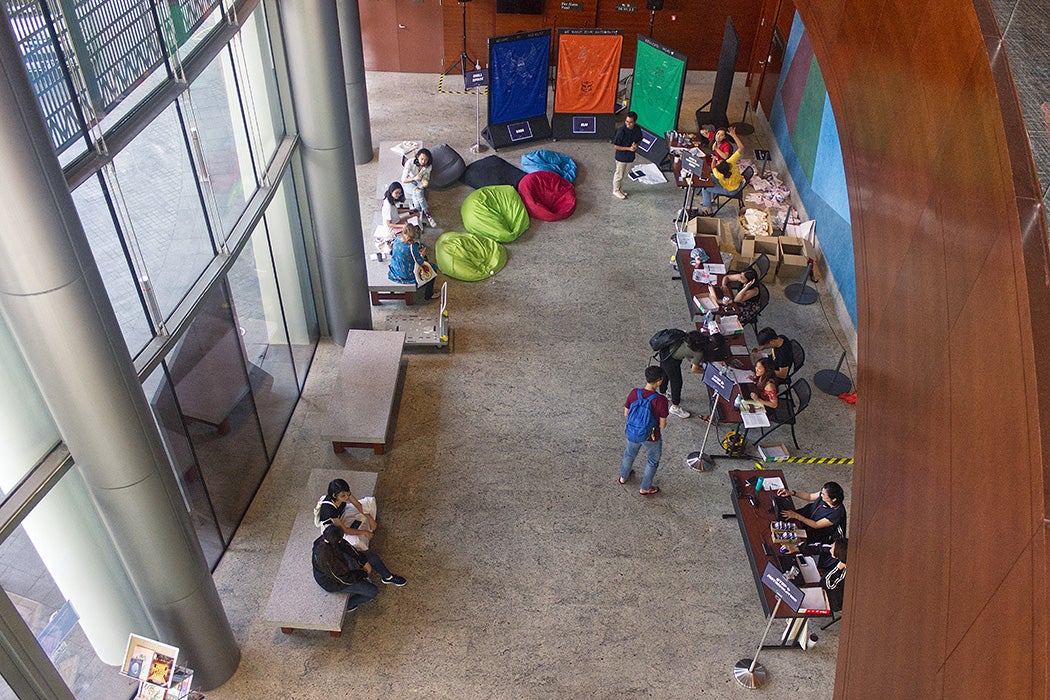Ask any educator what sets American higher education apart from the rest of the world, and the response is likely to be its focus and encouragement of a robust liberal arts curriculum. The arts, in general, play a large role in contributing to holistic education that fosters creativity, highlights the importance of collaboration for skill development, and teaches innovative problem-solving. Further, through exposure to the arts, one can learn to appreciate cultural diversity and value freedom of expression while cultivating critical thinking skills, which in the long run, have been known to change lives. This is perhaps why UNESCO has designated the fourth week of May as International Arts Education Week.
Yet, in the early years of this century, it seemed that the United States was shifting focus from promoting liberal arts education. These “worrying signs” of the United States “turning away from the tradition of liberal arts education that has made it a global leader in post-secondary education over the past century,” were noted by Pericles Lewis, the President of Yale-NUS College, Singapore, in a 2013 essay published in the Harvard International Review.
Lewis points out that while language and literature departments were being cut in the US, as students preferred to pursue technical or pre-professional majors, liberal arts education at a tertiary level was gaining impetus in Asia. He names universities with progressive curricula such as The Chinese University of Hong Kong, Waseda University in Japan, Seoul National University in South Korea, and the National University of Singapore, in support of his claim.
This change in focus of Asian higher education models was due to the growing recognition amongst “Asian governments” that “in an era driven by innovation, the breadth of an education that encompasses the liberal arts and sciences is a distinct advantage for future workers.” Having recognized the benefits of expanding their liberal arts offerings, Asian educators looked to the United States for inspiration.
Simultaneously, educators in the US were keen to strategically partner with Asian universities. A prime example of a collaboration of this nature is the Yale-NUS College, which opened its doors in 2012 with the aim to “redefine liberal arts and science education for a complex, interconnected world”.
In a 2018 paper published in Sojourn: Journal of Social Issues in Southeast Asia, Professor Philip Holden of the National University of Singapore observes the progress of this institution, which according to him, thrived after “some initial difficulties.” He believes that a collaboration between two prominent educational institutions is a welcome step, but it’s one that comes with a unique set of problems. “As it grows, its staff and students also face a series of questions regarding the nature of locally situated knowledge and the politics of the liberal arts in their relations to a larger social world,” he explains.
Perhaps the most problematic issue arose from the attempts of Yale-NUS to bring an understanding of “Asia” from a western viewpoint into the curriculum, in turn raising questions about “the way in which Asia was imagined and the purpose towards which such imaginings might be put.” Holden compares this new-age university with that of Singapore’s first higher education facility, Raffles College, which opened in 1928, by drawing parallels between the areas of tension that first arose nearly a century ago and those occurring in the present.
In tracing the history of liberal arts education in Singapore over the last century—which began under British colonial influence—to the present day when it is being shaped by an American understanding, Holden makes some pertinent observations. He points out that the model of residential liberal arts colleges, in Singapore and across Asia, seems to divide society further, as the students necessarily belong to an elite category. Paradoxically, it is these very elites, who despite being separated from their “surrounding social worlds,” strive to make a difference by being politically and socially progressive.
The long-term effects of American collaboration with Asian institutions for liberal arts education remain to be seen. Yet, hopeful of a positive future, Lewis ends by urging the United States to take inspiration from Asia and renew its focus on liberal arts to “reinvigorate its own educational traditions.”







